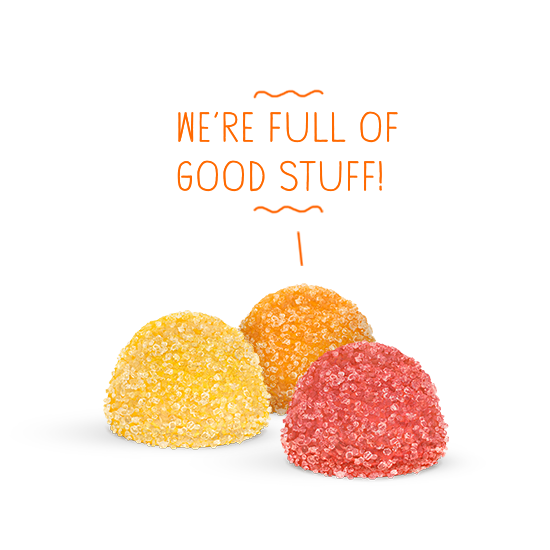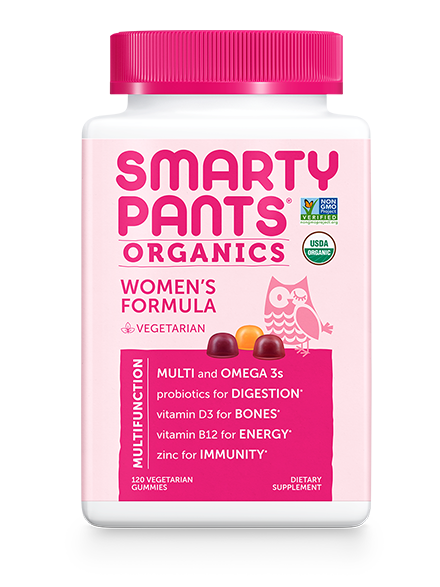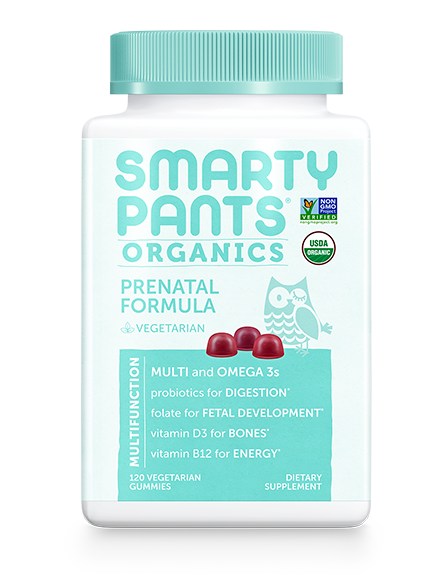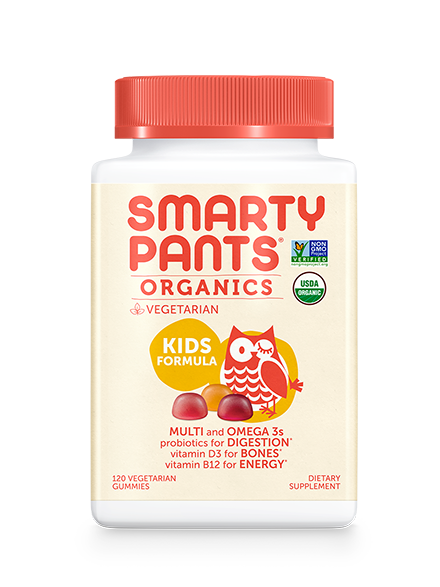- Konings EJ; Committee on Food Nutrition. Water-soluble vitamins. JAOAC Int. 2006 Jan-Feb;89(1):285-8.
- Scheurig AC, Thorand B, Fischer B, Heier M, Koenig W. Association between the intake of vitamins and trace elements from supplements and C-reactive protein: results of the MONICA/KORA Augsburg study. Eur J Clin Nutr. 2007 Feb 21.
- Pins JJ, Keenan JM. Dietary and nutraceutical options for managing the hypertriglyceridemic patient. Prog Cardiovasc Nurs. 2006 Spring;21(2):89-93. Review.
- Naruta E, Buko V. Hypolipidemic effect of pantothenic acid derivatives in mice with hypothalamic obesity induced by aurothioglucose. Exp Toxicol Pathol. 2001;53(5):393-398.
- McCarty MF. Inhibition of acetyl-CoA carboxylase by cystamine may mediate the hypotriglyceridemic activity of pantethine. Med Hypotheses. 2001;56(3):314-317.
- National Academy of Sciences. Dietary Reference Intakes (DRIs): Recommended Intakes for Individuals, Vitamins. Accessed October 11, 2016.
OUR NUTRIENT GUIDE
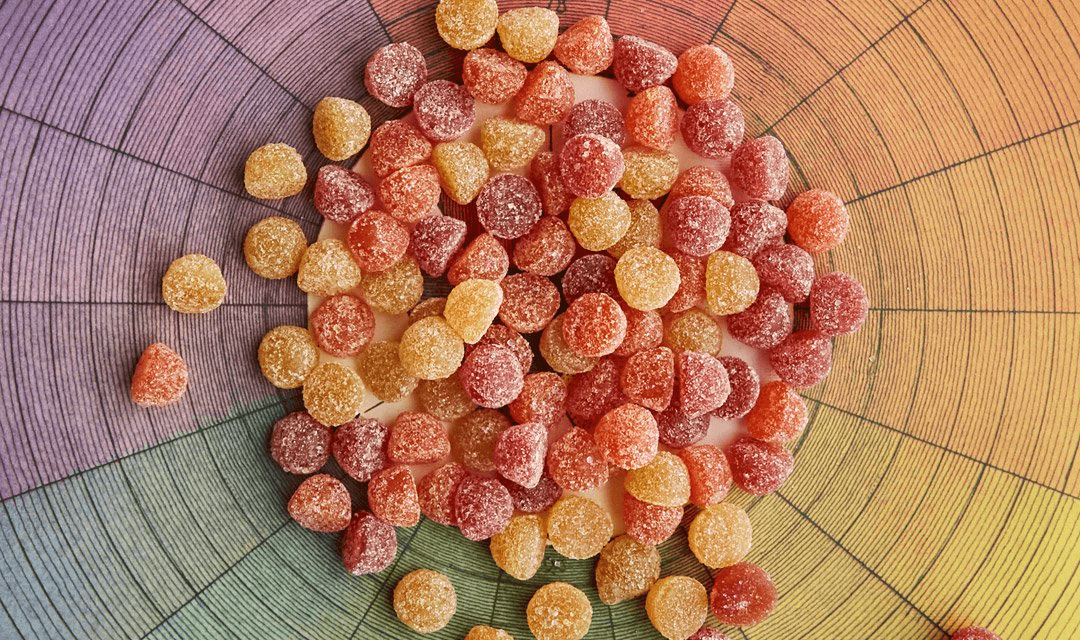
Our Star Nutrients
Pantothenic Acid
The helping hand vitamin
How much do I need?
The current recommended daily intake (RDI) for pantothenic acid is 5 mg in adults 19 and older, 6 mg for pregnant women, 7 mg for breastfeeding women, 5 mg for children 14 to 18, 4 mg for children 9 to 13, 3 mg for children 4 to 8, and 2 mg for children 1 to 36.
Why we include it
The B complex vitamins help the body convert food into energy in the form of glucose and utilize fats and proteins. They are essential for a healthy nervous system and healthy skin, eyes, and hair. Although a vitamin B5 deficiency is rare in the U.S., it’s such a vital vitamin that we’ve included it in our Adult and Women’s Formula multivitamins to ensure you’re getting adequate levels of this nutrient. Since all B complex vitamins are water-soluble, your body will simply eliminate any it doesn’t use.
Where can I get it?
Almost all foods contain some pantothenic acid! Ironically, one food that doesn’t contain this essential vitamin is olive oil. Here, we outline some of the best sources of pantothenic acid.
- Shiitake mushrooms – 0.50 cup, 2.61 mg
- Cauliflower – 1 cup, 0.63 mg
- Sweet Potato – 1 cup, 1.77 mg
- Broccoli – 1 cup, 0.96 mg
- Asparagus – 1 cup, 0.40 mg
- Bell Peppers – 1 cup, 0.29 mg
- Avocado – 1 cup, 2.08 mg
- Chicken – 4 oz, 1.09 mg
- Salmon – 4 oz, 0.92 mg
- Beef – 4 oz, 077 mg
- Eggs – 1 each, 0.70 mg
* These statements have not been evaluated by the Food and Drug Administration. This product is not intended to diagnose, treat, cure, or prevent any disease.
